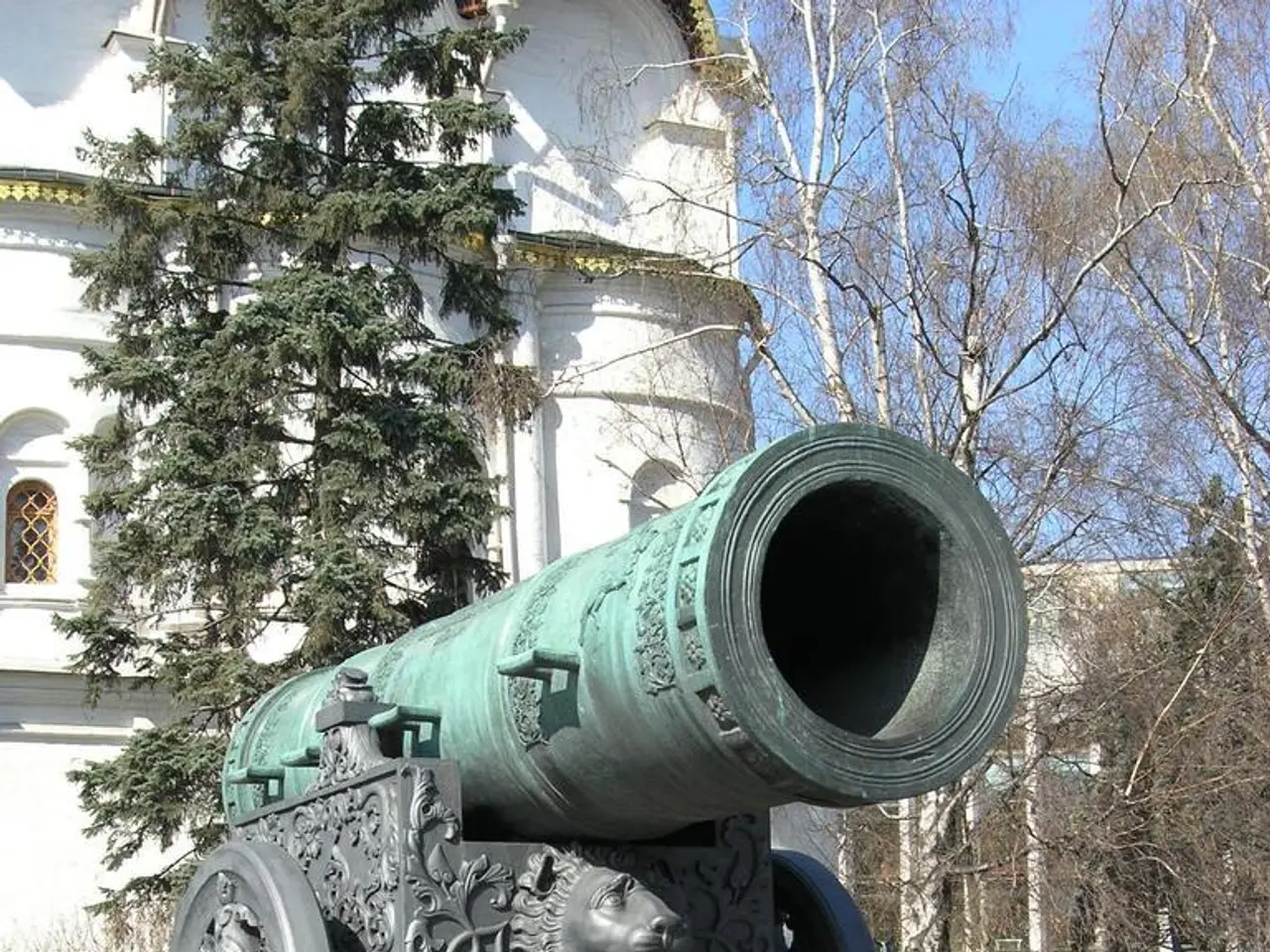Russia's central bank persists in its descent: sets the new key rate at 18%
Russia's Key Rate Predicted to Gradually Decline
The Bank of Russia has announced a predicted trajectory for the key rate in Russia, with a gradual decline from the current level of 18.0% (as of July 25, 2025) to an average of 18.8–19.6% in 2025, and a more substantial reduction to about 12.0–13.0% in 2026 [1][2][5].
The Central Bank emphasizes maintaining a tight monetary policy for a prolonged period to ensure inflation returns to its 4% target by 2026. The regulator's forecast assumes inflation will decline to 6-7% in 2025 and to 4% in 2026 [1][3].
The reduction in the key rate, which aims to ease monetary policy, has prompted banks to begin reducing deposit rates [3]. The cautious tone of the Bank of Russia suggests a gradual easing in deposit rates consistent with the slowly declining key rate, aimed at balancing inflation control and economic growth [1][2][3].
| Year | Predicted Key Rate Range (%) | Inflation Target (%) | Impact on Deposit Rates | |------------|------------------------------|---------------------------|----------------------------------| | 2025 (avg) | 18.8 – 19.6 | 6.0 – 7.0 | Moderate decrease anticipated | | 2026 | 12.0 – 13.0 | Return to 4.0 (target) | Continued decline expected |
The cautious monetary policy stance means deposit rates will likely remain relatively high through 2025 but should gradually reduce in line with the key rate cuts over 2026, aiming to support economic growth without risking inflation resurgence [1][2][3][5].
The economy is returning to a balanced growth trajectory, with domestic demand growth slowing down [3]. If inflation risks resurface with renewed force, the Central Bank can quickly react and take necessary measures [1][2].
According to Konstantin Selyanin, the key rate may fall to 15% by the end of 2025 (Source: DK.RU) [4]. Vadim Shukurov, co-owner of LLC "Banki Market", believes that high inflation expectations among the population and businesses support the reduction of the key rate to 18% [6]. Eugene Kogan, an investment banker, cites weak credit growth, rapid economic slowdown, and the inflation forecast missed by the "CB in the first half of the year" as reasons for the key rate being set at 18% [7].
In conclusion, the Bank of Russia has announced a predicted trajectory for the key rate, with a gradual decline over the next two years. The cautious monetary policy stance means deposit rates will likely remain relatively high through 2025 but should gradually reduce in line with the key rate cuts over 2026, supporting economic growth without risking inflation resurgence.
The Bank of Russia's gradual decline in the key rate could potentially influence the finance sector, as the moderately decreasing key rate might prompt banks to further reduce deposit rates in 2026, according to the Bank's prediction. Consequently, this easing in deposit rates could have an impact on business decisions, as lower deposit rates may affect the cost of capital and potentially stimulate investment and growth.





